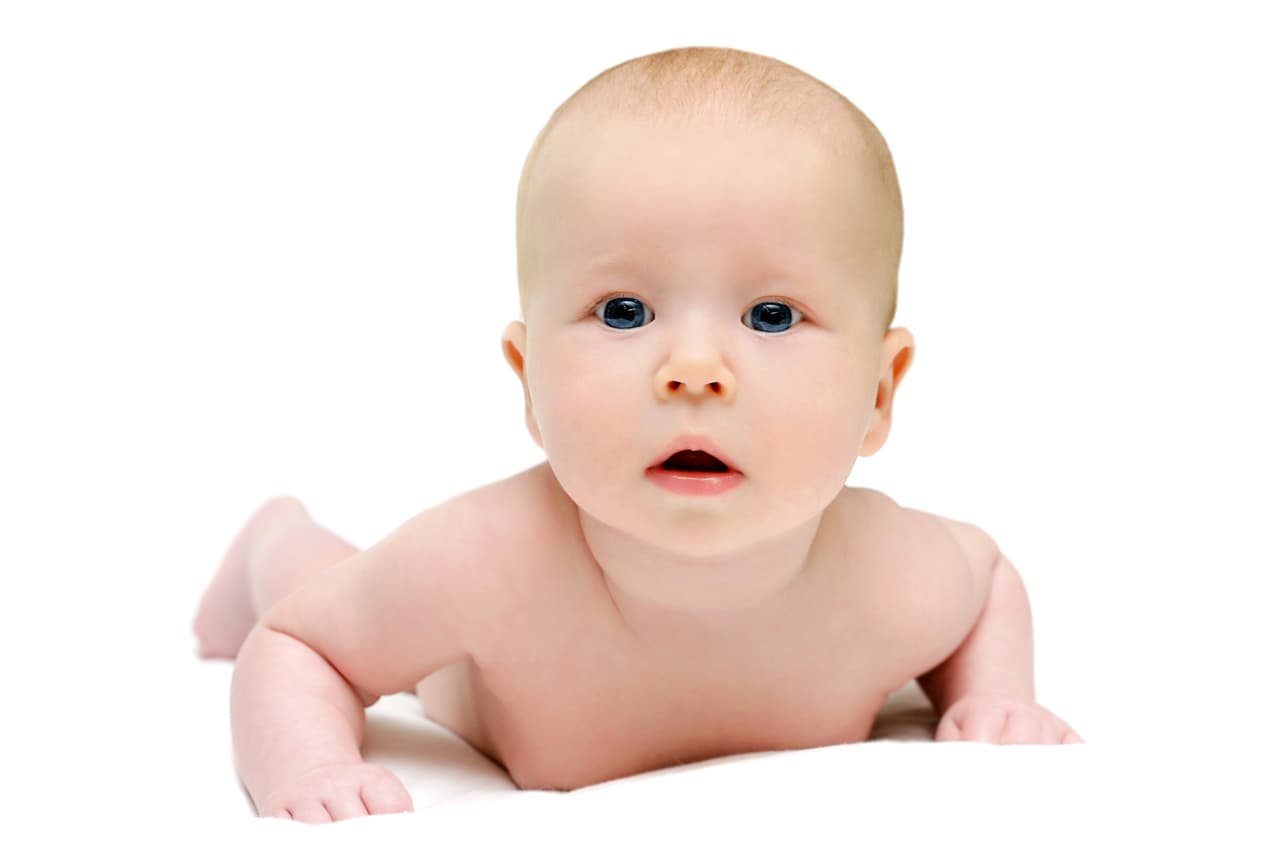Choanal imperforation-atresia
The right and left choanae are the junction between the nasal cavities and the cavum. They correspond to an open space between the nose at the front and the cavum or nasopharynx or rhinopharynx at the back. Very exceptionally (1/8,000 births, with a slight female predominance), they may not be open at birth, leading to respiratory and feeding difficulties and recurrent nasal infections. They require reperforation by endonasal surgery, through the nostril orifices, with temporary calibration to prevent recurrence of closure. This imperforation may consist of bone and mucosa, or mucosa alone. There is no medical treatment for this problem, and surgery remains the only recourse for this congenital problem due to a minor defect in the embryo’s development.
Choanal atresia may be isolated or part of a polymalformative syndrome, the most classic of which is the C.H.A.R.G.E syndrome, which combines choanal atresia, iridial coloboma, heart disease, developmental delay, genito-urinary anomalies and ear anomalies.)
Find out more about choanal imperforation-atresia from Dr Delagranda, ENT surgeon at La Roche-sur-Yon in the Vendée.
Public and indications for operation of a choanal imperforation
The intervention mainly concerns newborns, mainly if bilaterally affected, and older children for unilateral imperforations. In the case of unilateral imperforation, surgery may be delayed until the age of 2 years old.
Repermeabilization is indicated in all cases of choanal imperforation, even if unilateral and with little immediate impact, as facial growth may be affected in the long term.
Objectives of Choan repermeabilization
- Allow breathing through the nose.
- Improve suckling (infants with blocked noses cannot eat effectively, as they are unable to alternate swallowing milk and breathing through the mouth).
- Avoid nasal infections caused by stagnant secretions.
- Avoid facial deformities.

Choana, Cavum-rhinopharynx-Nasopharynx, Nasal fossa: diagnosis of choanal imperforation or atresia
The choanae are normally open, but at birth they may be only partially or even completely closed on one or both sides. This can cause major respiratory problems for the newborn, and sometimes difficulty in suckling. It may be necessary to intubate the infant or place a feeding tube immediately. When only one side is affected, and the consequences are less severe, it is advisable to wait several months or years until the child has grown and gained weight before operating, to facilitate the repermeabilization procedure.
The diagnosis is suspected by the paediatrician or midwife at birth if the child does not produce a mist on a mirror brought close to the nose, or has difficulty breathing and a probe placed in the nose to aspirate secretions (amniotic fluid, mucus and gastric secretions) cannot be pushed very far.
If the probe comes up against an obstacle, a specialist opinion from an ENT specialist is required, so that a nasofibroscopy can be performed in consultation to confirm or invalidate the perinatal diagnosis.
For older children, a nose that is always blocked on the same side, with permanent unilateral discharge, should raise the possibility of a diagnosis.
A CT scan must be ordered to determine the nature of the choanal obstruction (mucous or osteo-mucous), as the equipment required for the repermeabilization procedure differs depending on whether or not there is bone to be removed (laser, microdebrider, milling, etc.).
The different stages of the intervention
The surgery
Always under general anaesthesia and performed in hospital on an outpatient basis if mpossible. A rigid endoscope and metal instrument is inserted through the nose to cut through the mucosa and mill the bone. Two cylindrical silicone elements are placed and held in the orifices to prevent them from closing. The child emerges with these sizing elements, which allow him to breathe through his nose because they are hollow.
Post-surgery recovery period
You can return home in the days following the operation, but you will be monitored on a regular basis.
Post-operative care at home: nasal cleansing with saline solution to prevent secretions from blocking the calibration silicones and impeding breathing.
Scarring: no visible scar, as everything takes place inside the nose. The nostrils are slightly dilated while the calibration is worn (3-5 weeks).
Complications associated with choanal repermeabilization
In addition to the risks inherent in any surgery involving general anaesthesia, repermeabilization of the choana presents some minor risks:
– nosebleeds (epistaxis)
– displacement of sizing silicone
– nasal cavity infections
The main risk is recurrence of choana closure or the creation of scarring bridges, requiring one or more repeat operations.
For further explanations, please consult the College of ENT’s information sheet on choanal atresia surgery:
Frequently asked questions
Here is a selection of questions frequently asked by Dr Delagranda’s patients during consultations for choanal imperforation-atresia in La Roche-sur-Yon.
Is rewaterproofing of Choanes compulsory?
Yes.
Is it painful?
A little, because the nose is temporarily deformed by the gauging device. Paracetamol is sufficient.
Fees and coverage for the procedure
Choanal repermeabilization is covered by health insurance. Contact your health insurance company to find out how much coverage there is for any extra fees.
Do you have a question? Need more information?
Dr Antoine Delagranda will be happy to answer any questions you may have about choanal imperforation-atresia. Dr Delagranda is a specialist in ENT surgery at the Clinique Saint Charles in La Roche-sur-Yon in the Vendée.
ENT consultation for a Choanal imperforation in Vendée
Dr Antoine Delagranda will be happy to answer any questions you may have about choanal atresia surgery. Dr Delagranda is a specialist in ENT surgery at the Clinique Saint Charles in La Roche-sur-Yon, Vendée.

